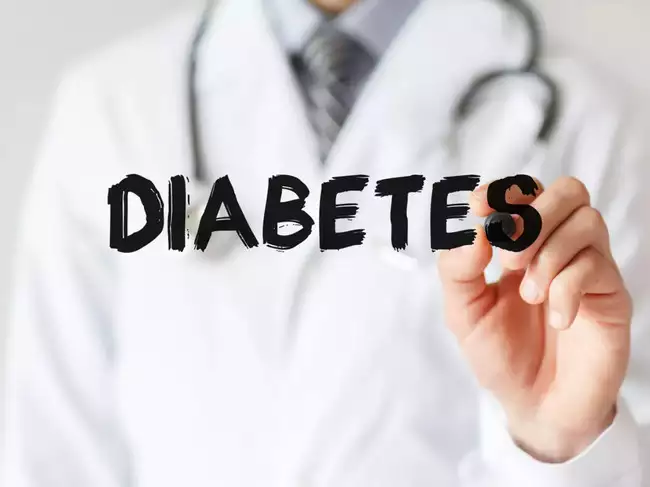Air pollution is linked to type 2 diabetes, according to the British Medical Journal. A study of over 12,000 Delhi and Chennai residents found that type 2 diabetes risk increased 22% for every 10 micrograms per cubic meter of PM2.5…
Air pollution causes respiratory and cardiovascular disorders worldwide.. A new study connected air pollution to type 2 diabetes, another dangerous result. Heavy air pollution is linked to type 2 diabetes in a landmark Indian study. This crucial study’s health repercussions should be examined.
From 2010 to 2017, the BMJ studied nearly 12,000 Delhi and Chennai residents. Midlifers without diabetes began the research. They were monitored for air pollution and blood sugar for three years.
The alarming results showed that type 2 diabetes risk increased 22% for every 10 micrograms per cubic meter increase in PM2.5. PM2.5 particles are released by vehicles, industry, and fossil fuel combustion.
This study is important since India has 14 of the 20 most polluted cities, according to WHO data. These cities’ air quality routinely surpasses WHO standards, endangering human health.
A Lancet study found more diabetics in urban India, the Guardian reported. It found higher diabetes rates in India than expected.
CCDC Delhi main investigator Siddhartha Mandal remarked, “Given the pathophysiology of Indians – low BMI with a high proportion of fat – we are more prone to diabetes than the western population.”
Research author and Madras Diabetes Research Foundation chairman Dr. V Mohan says, “Until now, we had assumed that diet, obesity and physical exercise were some of the factors explaining why urban Indians had a higher prevalence of diabetes than rural Indians.”
He added “This study is an eye-opener because now we have found a new cause for diabetes that is pollution.”
Air pollution causes type 2 diabetes how? Air pollution’s fine particles induce inflammation and oxidative damage. An imbalance in free radicals and antioxidants causes oxidative stress and inflammation in response to toxins.
Breathing pollution can inflame organs like the pancreas. Pancreatic insulin controls blood sugar. Pancreatic inflammation can damage and disable insulin-producing beta cells. Type 2 diabetes can result from insulin resistance.
Air pollution creates free radicals and oxidative stress. These unstable compounds damage insulin and glucose metabolism cells. Insulin resistance and type 2 diabetes can result.
PM2.5 comprises black carbon, nitrates, sulfates, and heavy metals that harden arteries and damage blood vessel lining, elevating blood pressure. One of the paper’s authors, cardiologist and Centre for Chronic Disease Control executive director Dr. Dorairaj Prabhakaran, claims PM2.5 particles damage the heart muscle and inflame fat cells.
Prabhakaran said the study’s findings are disturbing, but they give scientists hope that reducing pollution may reduce diabetes and other non-communicable diseases like Parkinson’s, Alzheimer’s, stroke, asthma, etc.
This paper should alert governments globally to air pollution.
How can this be resolved? Cleaner transport, stricter industry emission restrictions, and renewable energy must be promoted by governments and politicians to reduce air pollution. Buy eco-friendly products, take public transportation or walk/bike instead of driving, and properly dispose of waste to prevent air pollution.
Reduce air pollution and build resilience. Exercise, a healthy diet, and managing type 2 diabetes risk factors like obesity and smoking can do this. The study also underlined early diabetes screening and identification in high-risk patients in polluted surroundings.
Conclusion
The BMJ identified a strong association between air pollution and type 2 diabetes. Air pollution is a global health risk, therefore this is concerning. The report calls for quick air pollution reduction and resilience. Governments, citizens, and governments must address this.
To cut air pollution, the government should prioritize cleaner transport, stronger industry emission limitations, and renewable energy. Buy eco-friendly products, take public transportation or walk/bike instead of driving, and properly dispose of waste to prevent air pollution.
Reduce air pollution and build resilience. Exercise, a healthy diet, and managing type 2 diabetes risk factors like obesity and smoking can do this. The study also underlined early diabetes screening and identification in high-risk patients in polluted surroundings.
These methods can reduce air pollution-related type 2 diabetes and improve community health.




